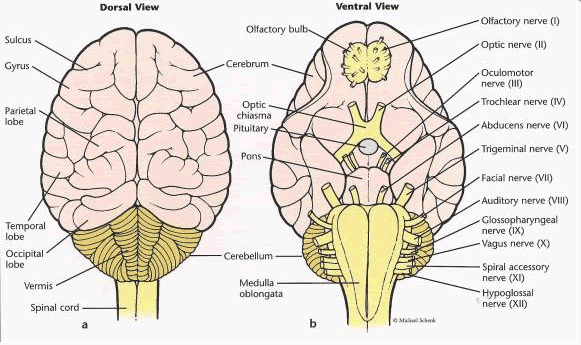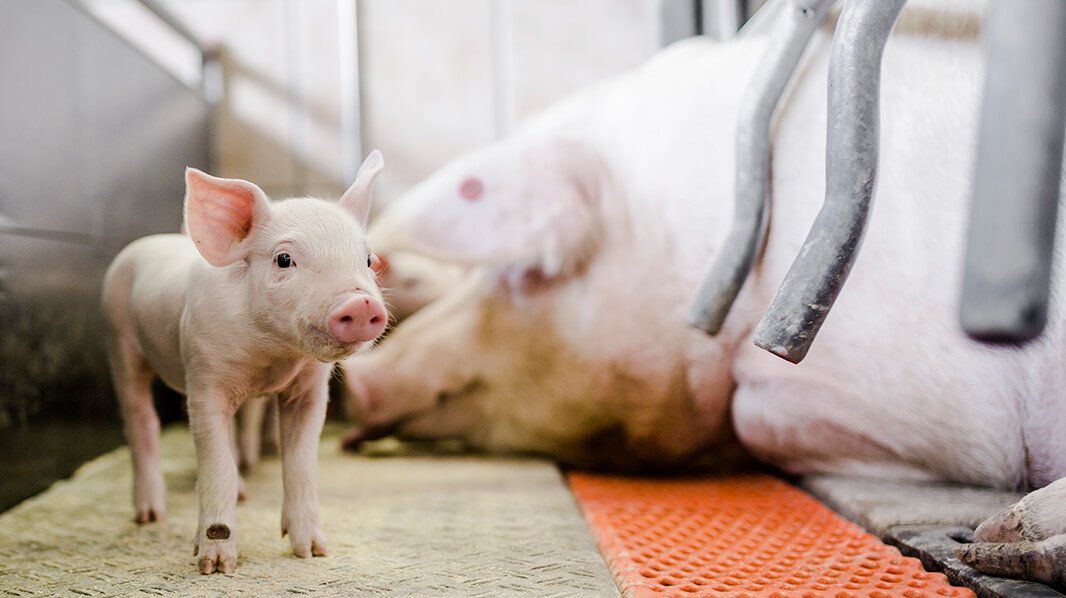The digestive system of swine, also known as pigs, is a complex system that is responsible for breaking down and absorbing nutrients from the food they consume. The main functions of the swine digestive system are to extract energy and nutrients from food, eliminate waste products, and maintain homeostasis within the body.
The process of digestion begins in the mouth, where food is mechanically broken down by the teeth and mixed with saliva. Saliva contains the enzyme amylase, which begins the process of breaking down carbohydrates into simpler sugars. From the mouth, the food moves down the esophagus and into the stomach.
The stomach of a pig is highly acidic, with a pH of around 2. This acidic environment helps to kill any harmful bacteria in the food and helps to break down the food further. The stomach also contains three main types of cells: mucous cells, parietal cells, and chief cells. Mucous cells secrete mucus to protect the stomach lining from the acidic environment, parietal cells secrete hydrochloric acid and intrinsic factor, which is necessary for the absorption of vitamin B12, and chief cells secrete pepsinogen, which is converted to pepsin by the acid and helps to break down proteins.
After the food has been partially digested in the stomach, it is moved into the small intestine. The small intestine is the main site of nutrient absorption in the digestive system. The walls of the small intestine are lined with tiny finger-like projections called villi, which increase the surface area for absorption. The walls of the small intestine also contain several types of cells that secrete enzymes that aid in the digestion of carbohydrates, proteins, and fats.
The large intestine, also known as the colon, is responsible for the absorption of water and electrolytes and the elimination of solid waste. The colon contains bacteria that help to break down and ferment undigested food. The waste products produced by these bacteria are then eliminated through the rectum and anus.
In addition to the digestive system, the liver and pancreas also play important roles in the digestion and absorption of nutrients in swine. The liver produces bile, which is necessary for the digestion of fats, and the pancreas secretes enzymes that aid in the digestion of carbohydrates, proteins, and fats.
In summary, the digestive system of swine is a complex system that plays a crucial role in the overall health and well-being of these animals. It is responsible for the breakdown and absorption of nutrients, the elimination of waste products, and the maintenance of homeostasis within the body.





